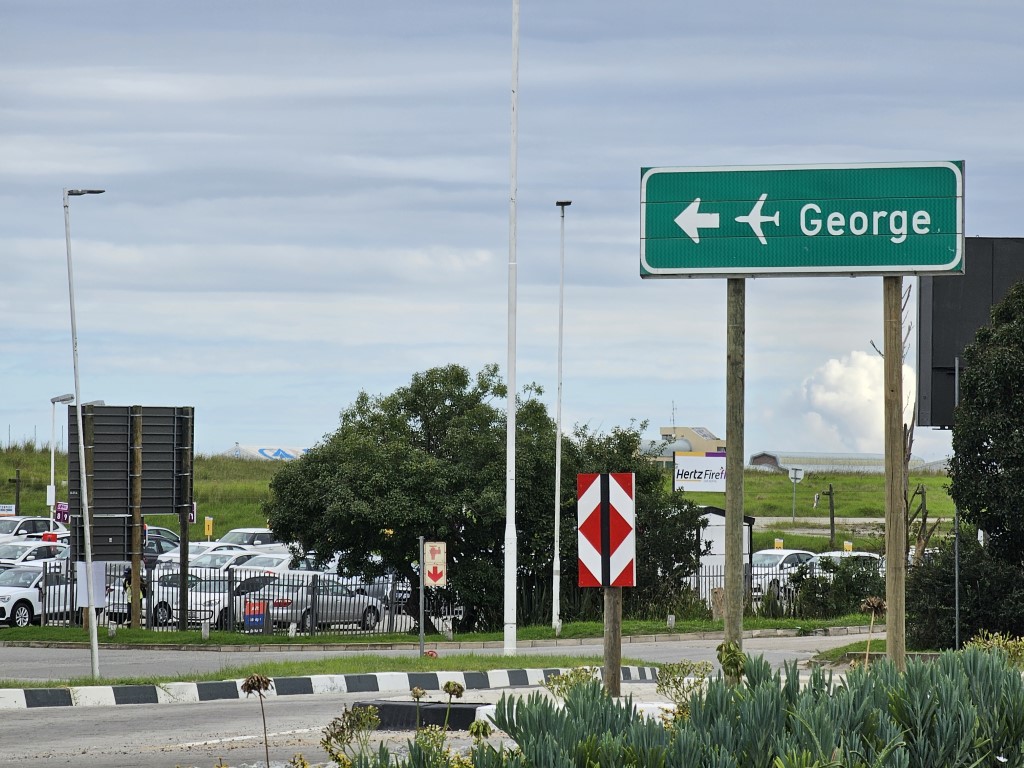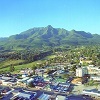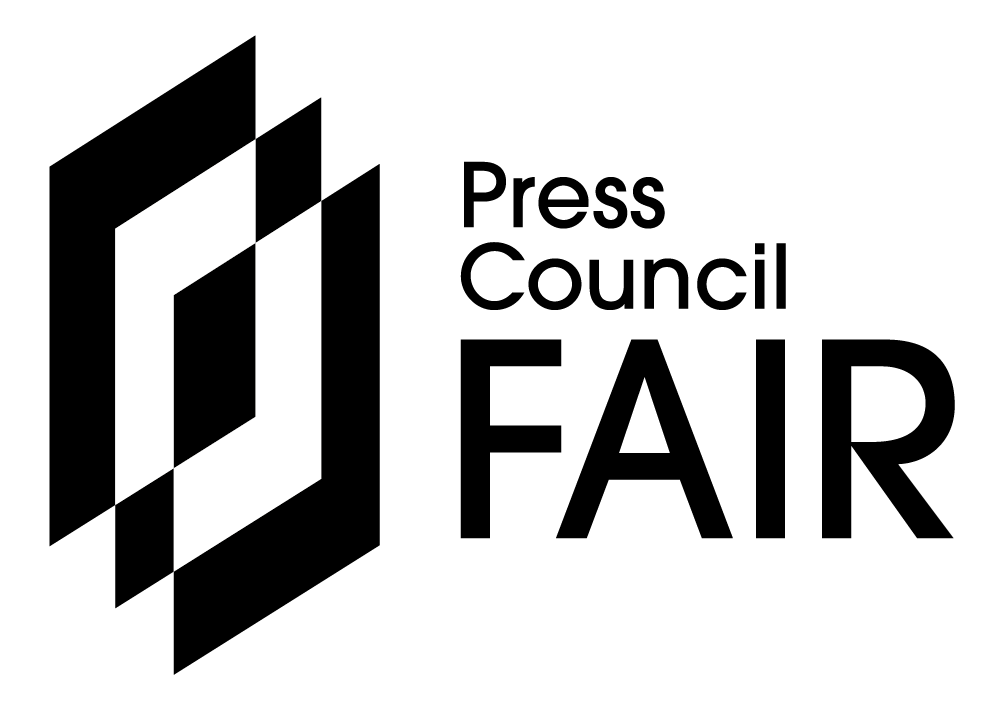GEORGE NEWS -The necessary maintenance of instrument flight procedures (IFPs) at George Airport has finally been completed and both runways are in full use again after a partial suspension for the past two years.
The Air Traffic Navigation Services (ATNS) communications manager, Percy Morokane confirmed that the procedures for both Runway (RWY) 11 and RWY 29 are now valid.
"With the new procedures in place for both runways, aircraft can land on either runway, enhancing operational flexibility and safety," said Morokane in response to a query from George Herald as to an estimated timeline for the maintenance of IFPs.
Adverse weather conditions combined with surface winds favouring RWY11 have been preventing aircraft from landing at George Airport because of the outdated IFPs on this runway. (The wind direction determines which runway is in use.)
It must be noted, however that despite the updated procedures, the instrument landing system (ILS) capabilities can still limit landing at the airport in certain weather conditions.
Morokane explained, "George Airport has a Category 1 ILS for RWY11 and a Category 2 ILS for RWY29. If the cloud base is 300ft or below when RWY11 is in use, then aircraft will not be able to land. For RWY29, if the cloud base is 100ft or below, aircraft will not be able to land."
Morokane said the ILS belongs to the Airports Company South Africa (Acsa) and they are responsible for its upgrade. ATNS only maintains the system.
Landing limitations can be virtually eliminated should the ILS be upgraded. A Category 3 ILS has very low minimum decision heights. It has three sub-categories - CAT 3A, CAT 3B and CAT 3C. The latter has virtually no limitations on decision height for landing.
 The entrance to George Airport.
The entrance to George Airport.
The absence of proper IFPs maintenance at South African airports has led to thousands of passengers being subjected to flight disruptions with far-reaching consequences cost-wise, also for airlines and business in general.
In response, Transport Minister Barbara Creecy has launched an overhaul of the ATNS this year and processes have recently been put in place to resolve various issues in ATNS operations, including a critical expert staff shortage.
The Democratic Alliance's Western Cape spokesperson on Agriculture, Economic Development and Tourism Noko Masipa earlier this week expressed concern over ongoing uncertainty surrounding air travel, particularly for visitors flying to and from George.
He said the success of a popular line-up of cultural festivals being hosted in the Western Cape between April and October relies heavily on seamless travel, including the current Klein Karoo Nasionale Kunstefees (KKNK) in Oudtshoorn and Knysna Oyster Festival in July.
These events bring large numbers of domestic and international visitors whose spending sustains local businesses and jobs.
"Any disruption to air travel, such as ATNS failures, risks deterring visitors and undermining this economic lifeline."
Herold's Bay resident's frustration
The frustration of air travellers was expressed to George Herald by Herold's Bay resident Dr Hennie Barnard.
He and his wife are beset by uncertainty about how their well-planned holiday in Eastern Europe during May could be affected if their flight from George Airport to OR Tambo International is disrupted. They land on OR Tambo four hours before their international flight departs.
"Just listen to how crazy this sounds," he said. "We contact our travel agents, hotels and car rental services overseas at the last minute and tell them that everything has suddenly changed. Our entire month-long tour in Eastern Europe is thrown into chaos - just because the wind in George was blowing from the wrong direction!"
‘We bring you the latest Garden Route, Hessequa, Karoo news’
















